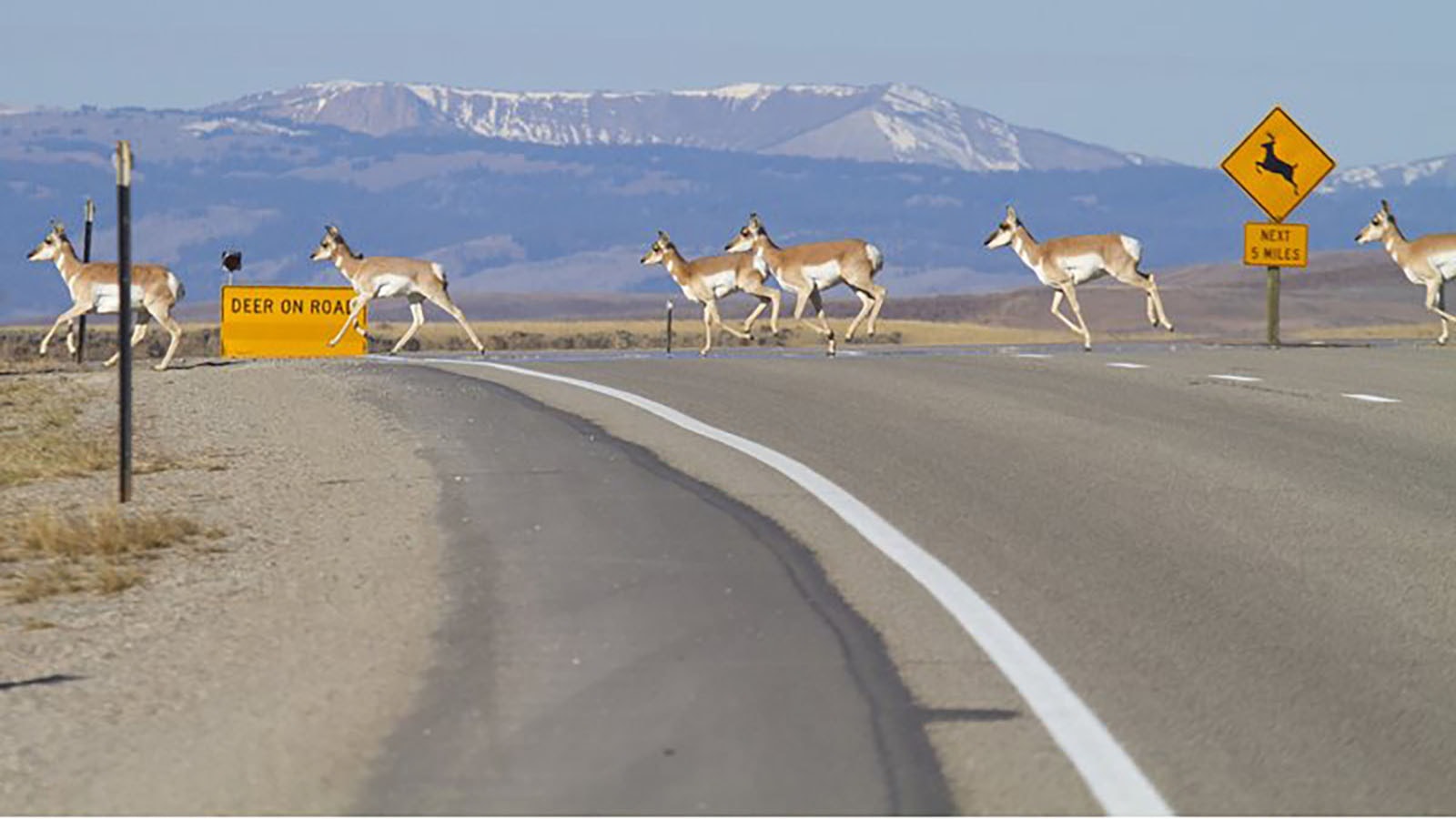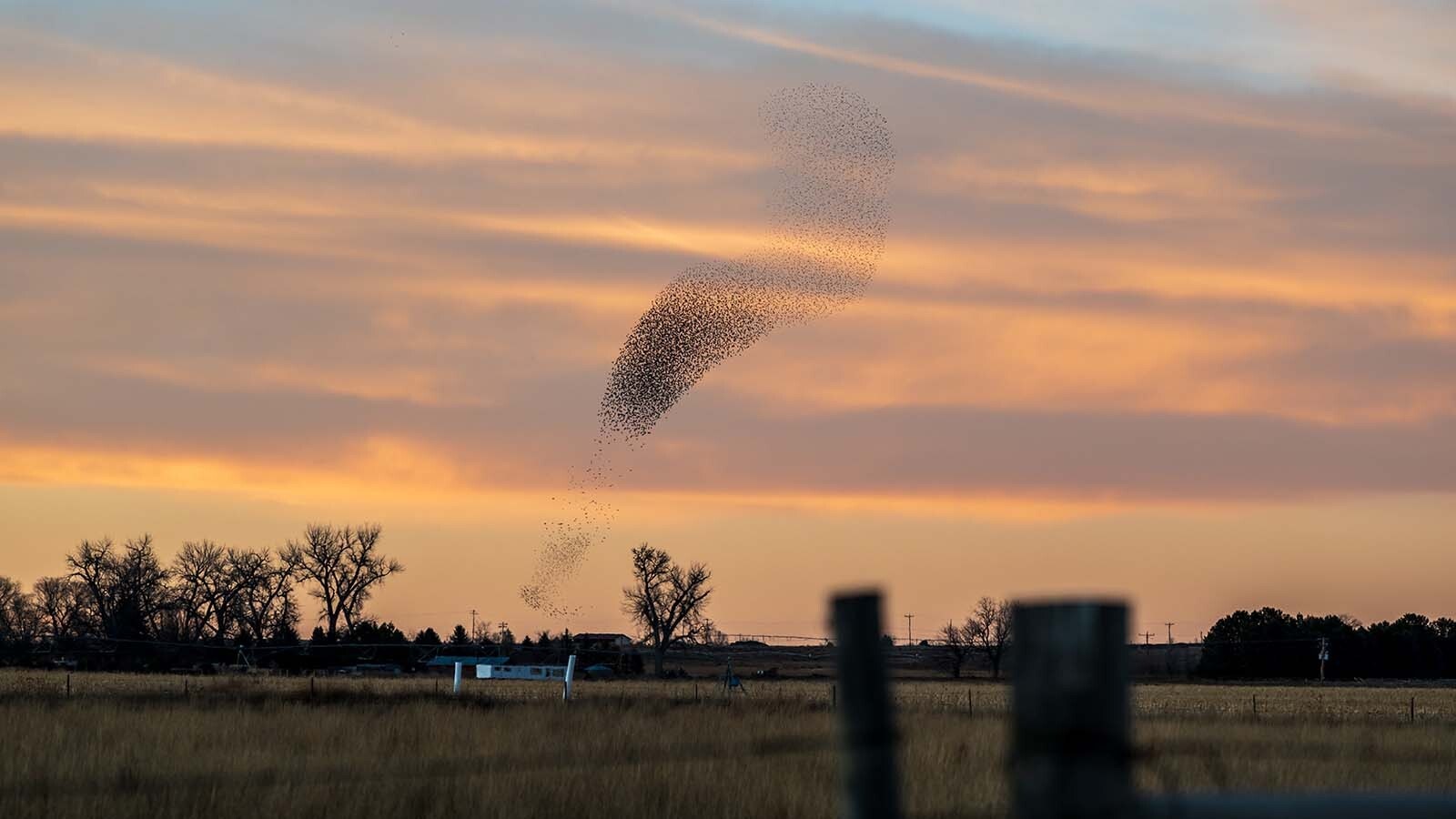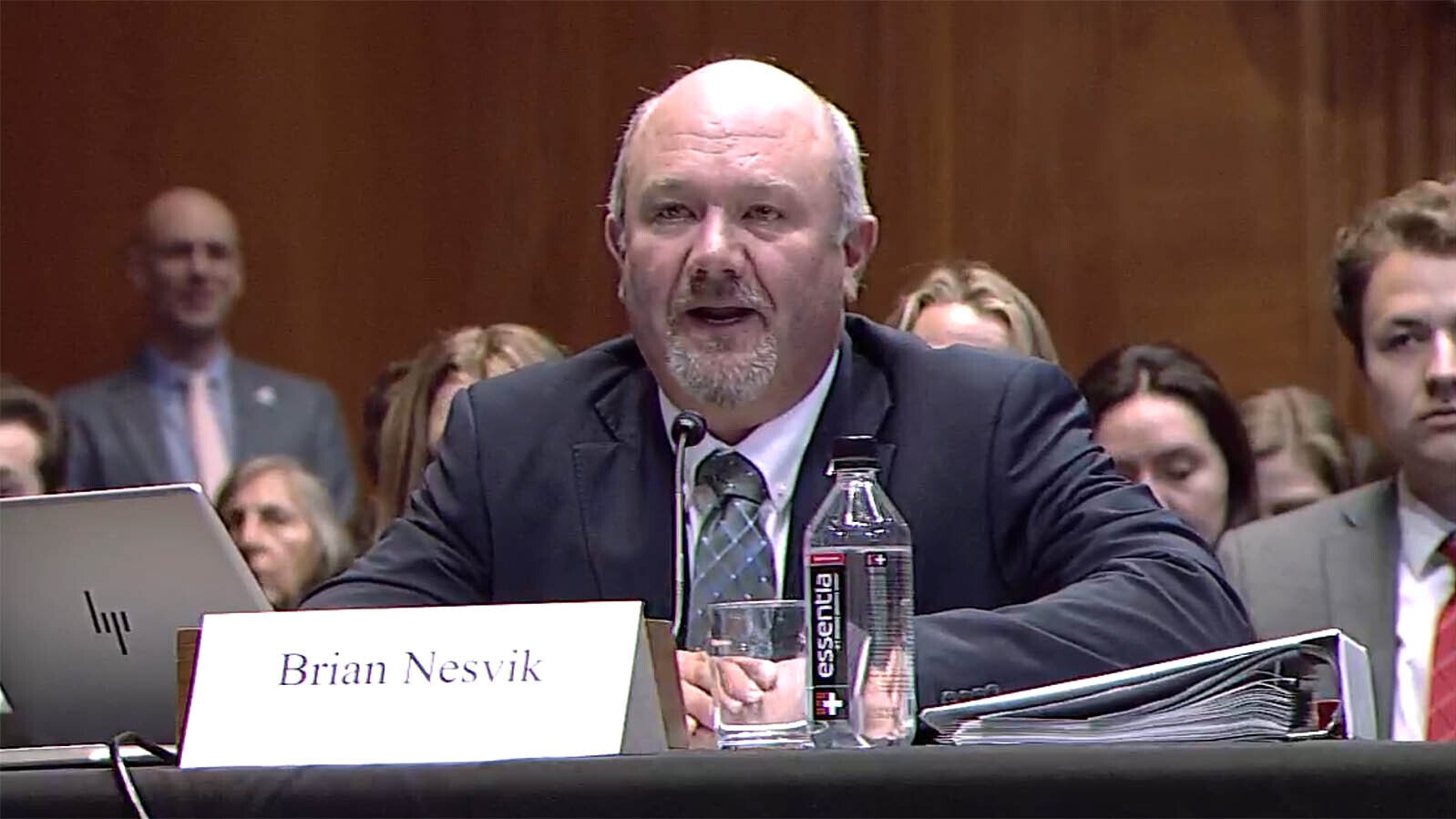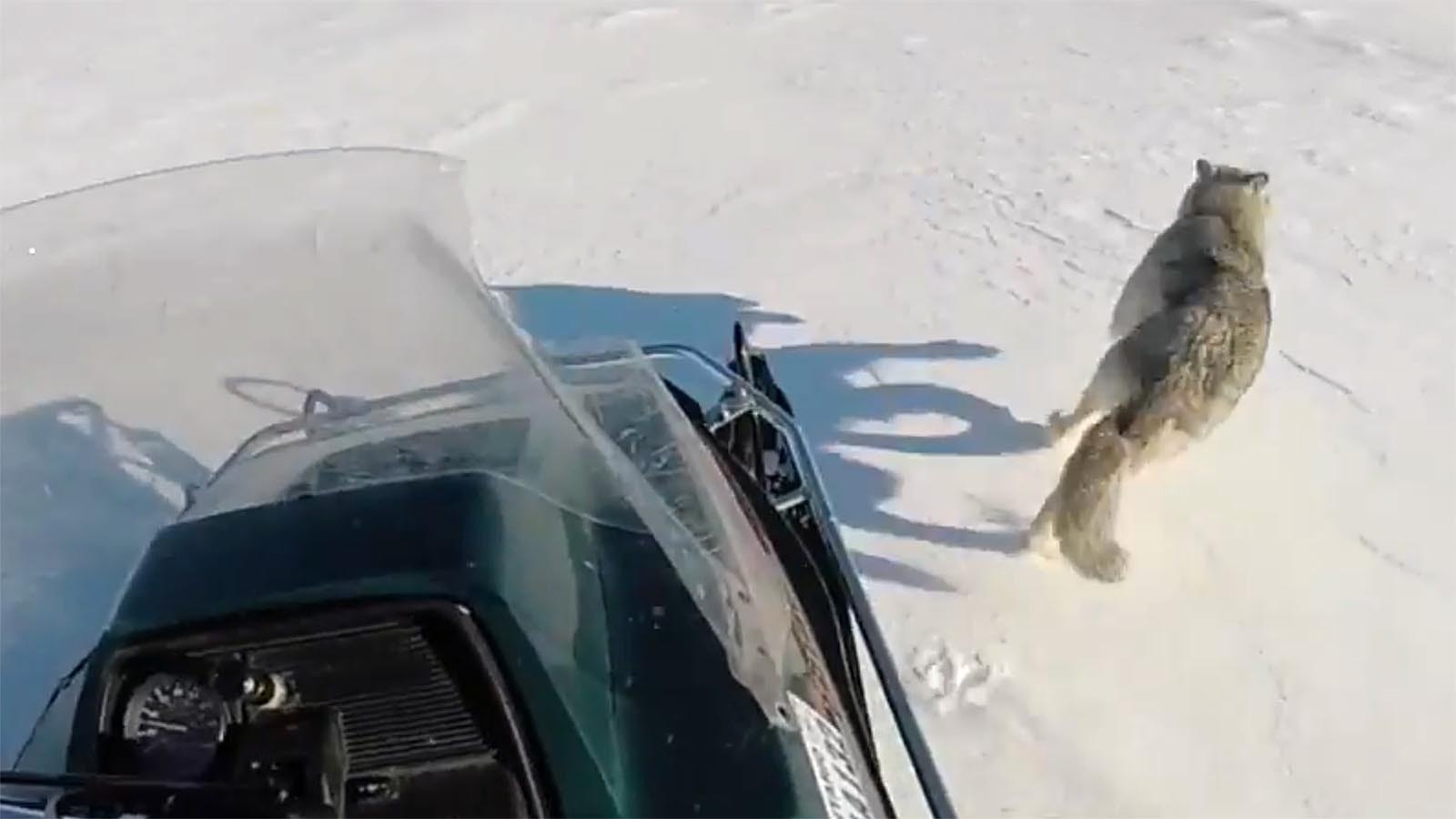A 30-mile stretch of U.S. Highway 189 between Evanston and Kemmerer has taken a heavy toll on some of Wyoming’s premier mule deer herds, as well as elk and antelope.
It’s become such a problem that state and federal wildlife officials plan to spend more than $37 million to mitigate it. A $24.3 million federal grant has been recently announced to top off the $37.4 million budget for a wildlife crossing project there, and a retired Wyoming Game and Fish official said it’s sorely needed.
“It can be kind of a messy death zone,” Mark Zornes told Cowboy State Daily.
Some Good News
Zornes served as Game and Fish wildlife coordinator for the Green River area. Efforts by that agency and the Wyoming Department of Transportation to get a wildlife crossing built along that stretch of highway date back to about 2008, he said.
So when he got a call from former colleagues this week telling him that money had finally come through, it was good news indeed.
“We worked hard with WYDOT to get that thing going. We had potential funding many years back, but that fell through. So I was thrilled when the boys called me and said we finally got the funding,” Zornes said.
On Track For 2028
WYDOT announced this week that a $24.3 grant had been secured from the U.S. Department of Transportation for the project. Another $4.2 million came from WYDOT, and $8.8 million was raised through WYDOT, Game and Fish, the Wyoming Wildlife and Natural Resource Trust and several conservation groups and other donors.
When it’s completed, the project will include five wildlife underpasses, an overpass and fencing to funnel animals toward the safe crossings.
The design phase of the project is expected to be completed by spring 2025, WYDOT senior policy analyst and grant writer Kacey Brown told Cowboy State Daily. Construction is scheduled finish in late fall 2028.
The anticipated TerraPower nuclear plant in Kemmerer also is expected to increase traffic along the highway, making the wildlife crossing project all the more urgent, Brown said.
Feds Focus On Human Injuries
There’s an average of 80 vehicle collisions with deer each year along that stretch of highway. The number of deer and other wildlife killed probably far exceeds that because of the hits that go unreported, according to Game and Fish.
However, the U.S. Department of Transportation is more concerned with threats to human safety, and reports of injury accidents involving wildlife along that stretch of highway clinched the federal grant, Brown said.
According to WYDOT’s records, there were 205 crashes along that stretch of Highway 189 from 2013-2022, she said. Of those, 76% involved wildlife.
Wildlife collisions accounted for 29% of human injury crashes and 82% of all “property damage only” crashes, Brown said.
The design of the project also takes different wildlife species into account, she said. Deer and elk tend to favor underpasses. But it was important to include an overpass for antelope.
“Pronghorn are picky. They will only do overpasses,” she said.
Two Herds, One Winter Range
The pending project “piggybacks” off of a wildlife crossing along the Nugget Canyon stretch of U.S. Highway 30 west of Kemmerer – which was finished around 2007 and was the first such project in Wyoming, Zornes said.
“We were losing hundreds of deer there each year, and it went down to about 20,” he said.
The wildlife crossings along Highway 189 are even more vital because the highway cuts right through prime mule deer winter range. It’s used by some of the Wyoming Range mule deer herd, as well as the Uinta mule deer herd, he said.
“It’s weird how separate those two deer herds are. Kind of, ‘I’ll stay out of your tribe and you stay out of mine.’ But then they end up sharing this same winter range,” Zornes said.
“The problem with his particular deer winter range is it shares both sides of the highway, so deer are crossing that highway every day during the winter, so that gives that much more opportunity for semis or whatever else to come along and hit them,” he added.
Now We Know Better
The need for wildlife crossings became more apparent as game managers learned more about the animals’ habits, retired Game and Fish habitat manager and wildlife biologist Walt Gasson told Cowboy State Daily.
He also worked in the Green River area and said he can remember the “bad old days” of deer getting slaughtered along U.S. Highway 30 before the crossings were built there.
“What had no idea that these animals migrate as far as they do,” he said. “Those animals evolved with a need to move. And when we came along and built those roads that constituted barriers, we didn’t have the information to know that was going to disrupt migration, but now we do.”
Zornes said strategically placed wildlife crossings have a proven record of saving lives, so they’re worth hefty price tags.
“We have enough of these wildlife crossing in Wyoming and across the West to know that if we build these kind of fences and if we provide a way for animals to pass over or under the highway, mortality is reduced to almost nothing. We know these things help, but they’re expensive,” he said.
Mark Heinz can be reached at mark@cowboystatedaily.com.





